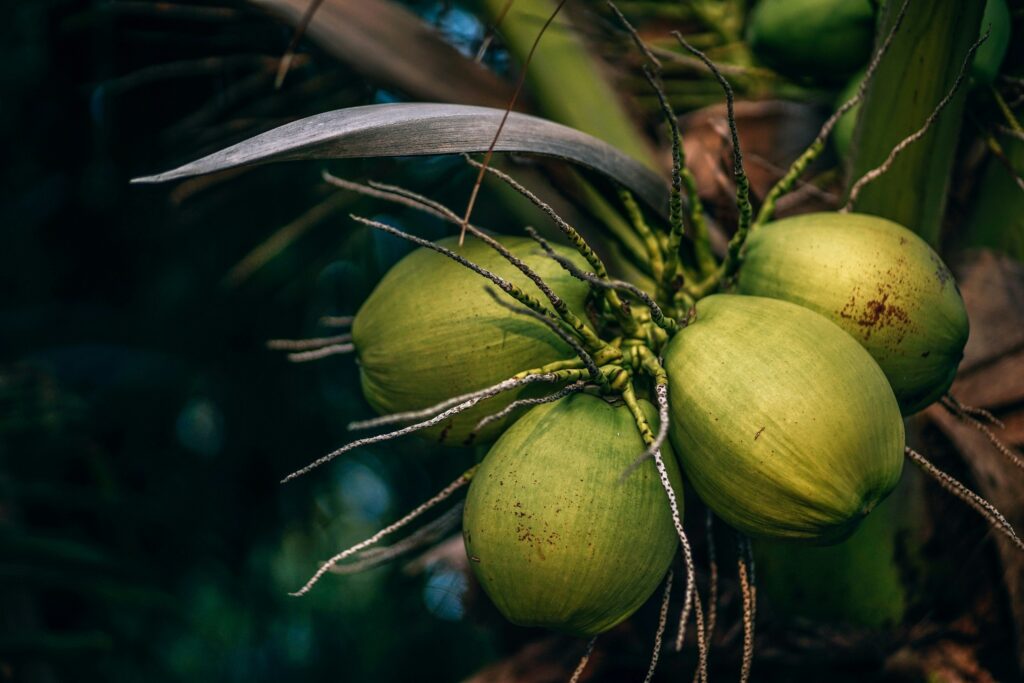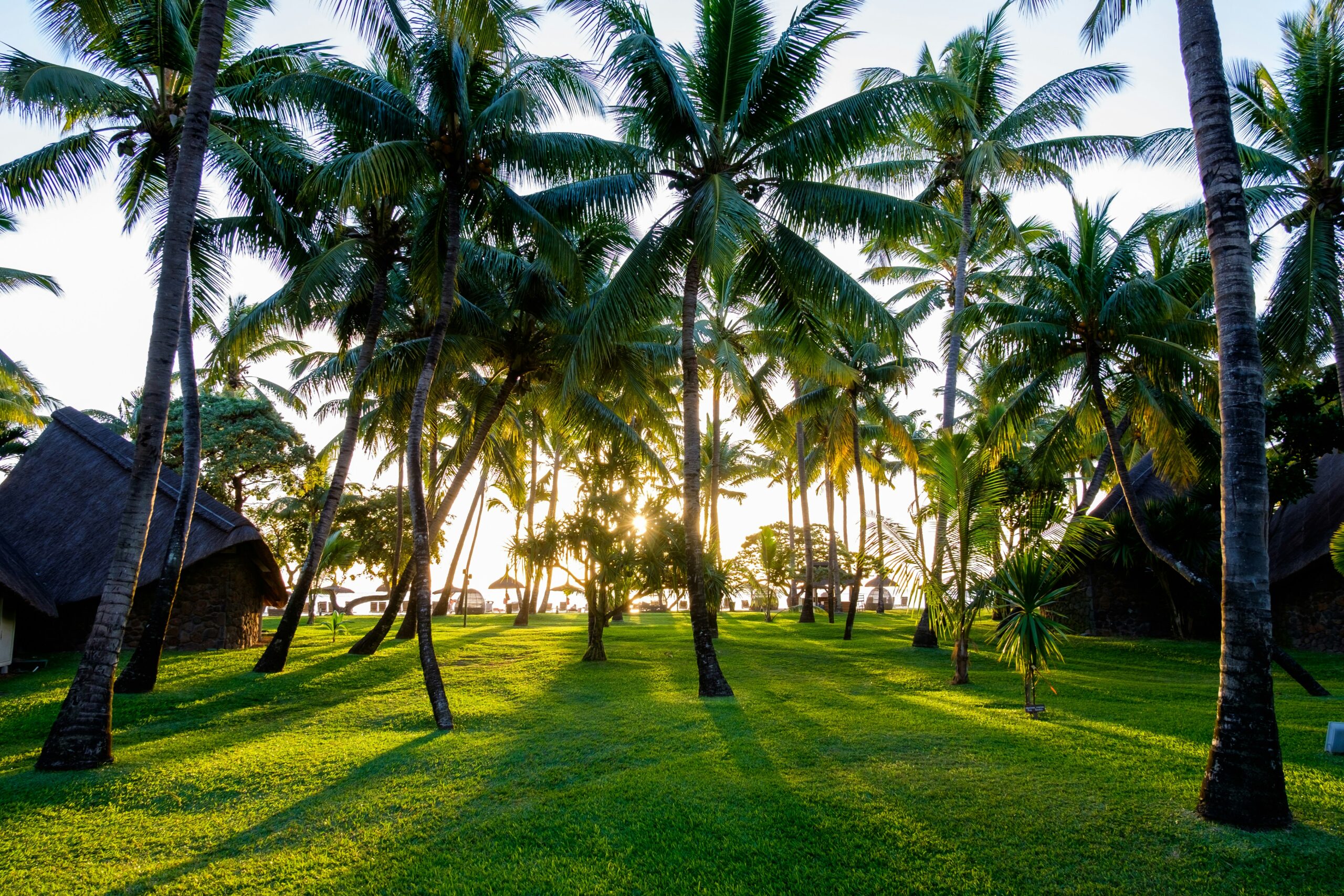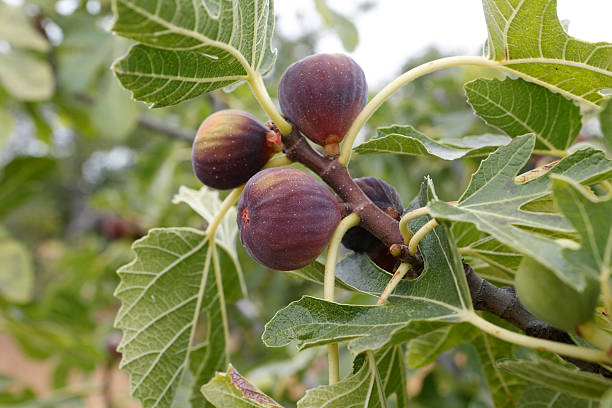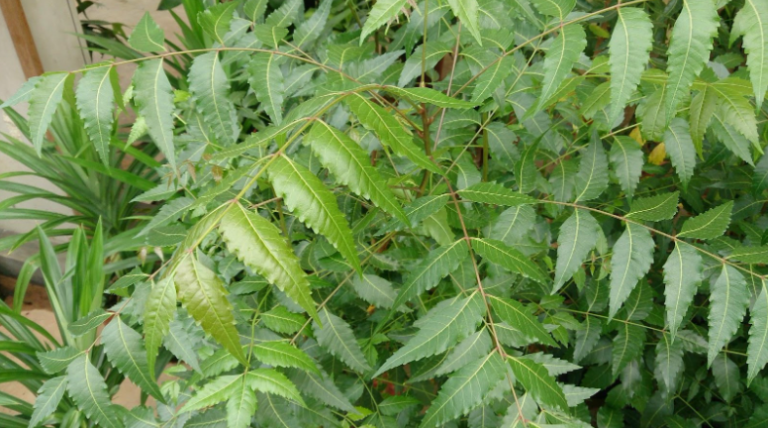The Coconut Tree (Cocos nucifera)
The Coconut Tree (Cocos nucifera), often referred to as the “tree of life,” holds significant cultural, economic, and ecological importance in Bangladesh, particularly in coastal regions and rural areas. Its distinctive appearance, with a tall trunk, large fronds, and the iconic coconut fruit, makes it one of the most recognizable trees across the country. The coconut tree thrives in tropical climates and is abundantly found in coastal areas, where its roots secure the soil and prevent erosion, while its leaves provide shade and shelter to the local environment.
The coconut tree has various uses, making it invaluable to the Bangladeshi people. The fruit itself is a multi-purpose natural resource. The outer husk, known as coir, is used in making ropes, mats, and other products. The inner part, the flesh, is consumed fresh or dried, and it is also processed into coconut milk, a staple ingredient in many traditional Bangladeshi dishes. The coconut water is a popular drink and is widely regarded for its hydrating properties, making it an essential part of daily life, especially in rural communities. The oil extracted from the coconut is also commonly used in cooking, cosmetics, and even in traditional medicine for various skin and hair treatments.Beyond its dietary and economic contributions, the coconut tree also plays a significant role in the cultural fabric of Bangladesh. It is often featured in religious rituals and festivals, especially in Hindu ceremonies where coconuts are offered as symbols of prosperity, fertility, and devotion. Coconuts are often seen in religious temples and during cultural celebrations, reflecting their symbolic and spiritual importance. The tree itself is also seen as a symbol of sustenance, as it provides for various aspects of daily life, from food and shelter to material goods.

Economically, the coconut industry has a strong presence in Bangladesh, especially in the coastal regions where coconut palms are abundant. Coconuts are harvested for their milk, oil, and copra (dried coconut meat), which are vital to local economies and are also exported to international markets. In addition, the tree’s wood is used in construction, particularly in the building of small structures, fences, and household items. This broad utility ensures that the coconut tree remains an integral part of both local economies and household needs.
The environmental role of the coconut tree is equally vital. In coastal areas, the tree helps to stabilize the soil, preventing erosion and reducing the impact of storms. The roots of the coconut tree bind the sand, reducing the risk of soil degradation and making coastal regions more resilient to climate change and rising sea levels. Its ability to thrive in salty, sandy soil makes it particularly valuable in such environments. Furthermore, the tree provides a habitat for local wildlife, including birds and small mammals, contributing to biodiversity in these areas.
Despite its many benefits, the coconut tree faces challenges that impact its growth and sustainability. Over-harvesting, especially in areas where coconut palms are extensively cultivated, can lead to land degradation and reduced yields. Climate change also poses a threat, as rising temperatures and altered rainfall patterns affect the growth of coconut trees, especially in coastal regions. Additionally, pests and diseases, such as the red palm weevil and various fungal infections, can damage the trees and reduce coconut production. The increasing salinity of coastal soil due to rising sea levels further complicates the tree’s survival in certain areas.
To combat these challenges, Bangladesh has been taking steps to improve coconut cultivation and preserve coconut trees for future generations. Research institutions are focusing on developing more resilient coconut tree varieties that can withstand the effects of climate change, pests, and diseases. Additionally, there is a growing emphasis on sustainable farming
practices that ensure the coconut tree continues to thrive while minimizing the environmental impact.
The future of the coconut tree in Bangladesh is closely tied to how well the country can balance its economic, ecological, and cultural interests. With proper management, sustainable farming techniques, and environmental conservation efforts, the coconut tree can continue to be an enduring symbol of life, prosperity, and resilience in Bangladesh. As it stands, the coconut tree remains a cornerstone of Bangladesh’s rural economy, a provider of sustenance, and a central figure in cultural practices, making it an essential part of the nation’s natural and cultural heritage.







